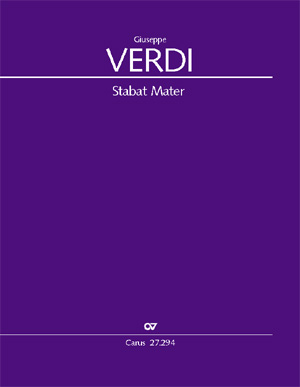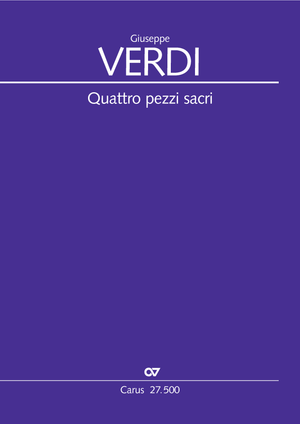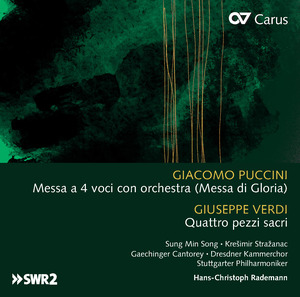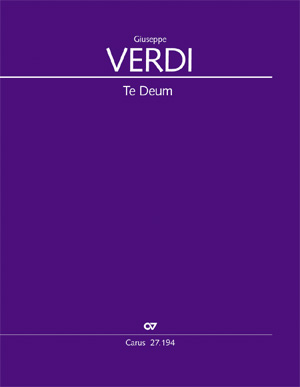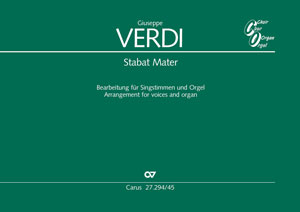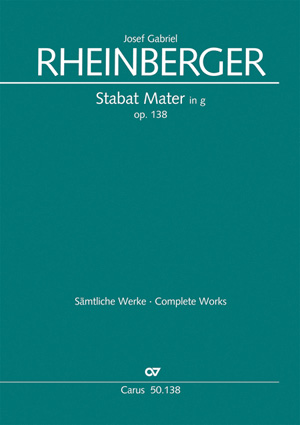The Stabat Mater is the last work composed by Giuseppe Verdi. He completed it in 1897 at the age of 84. One year later it was published with the somewhat earlier Te Deum as part of the Quattro pezzi sacri. Verdi set Mary’s meditation in the face of her crucified son, a classic of Medieval Latin poetry, in an operatically expressive style for choir and large orchestra. Verdi’s Stabat Mater is now published for the first time in a critical edition. Also available in the series "Choir & organ" (Carus 27.294/45).
Purchase
Additional product information
-
Composer
Giuseppe Verdi
| 1813-1901Giuseppe Verdi was born in Le Roncole on the 9th October 1813, the son of an innkeeper and small-scale farmer. Although he grew up in poor circumstances his extraordinary musical talent was soon recognized and he received organ lessons, then – assisted by a patron – he entered the Busseto Gymnasium. His benefactor Antoni Barezzi continued to assist him privately after the Milan Conservatoire had refused him admission. Following some years as organist and director of music in Busseto he made his breakthrough in Milan with the premiere of the opera "Nabucco" in 1842. The works which he wrote after 1850 are still among the principal pillars of the opera repertoire. Personal details
-
Editor
Albrecht Gaub
| 1967
-
Vocal score arranger
Christiane Hülsmann
| 1978
Frequent questions about this work
 There are no questions and answers available so far or you were unable to find an answer to your specific question about this work? Then click here and send your specific questions to our Customer Services!
There are no questions and answers available so far or you were unable to find an answer to your specific question about this work? Then click here and send your specific questions to our Customer Services!


